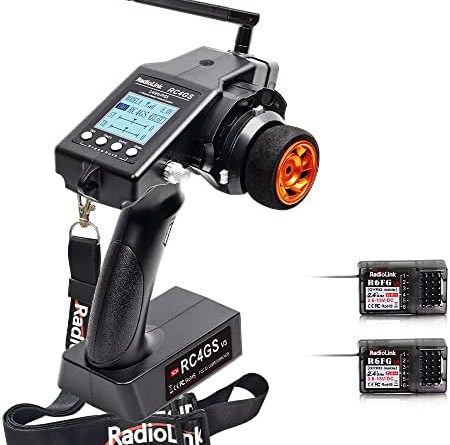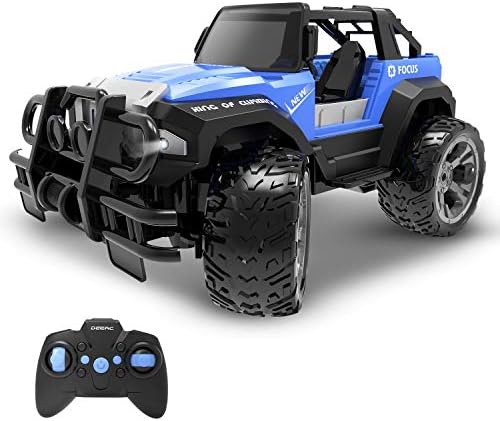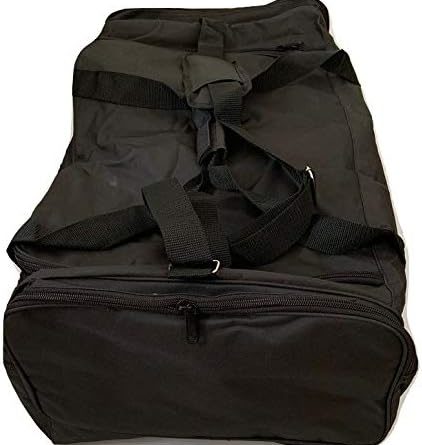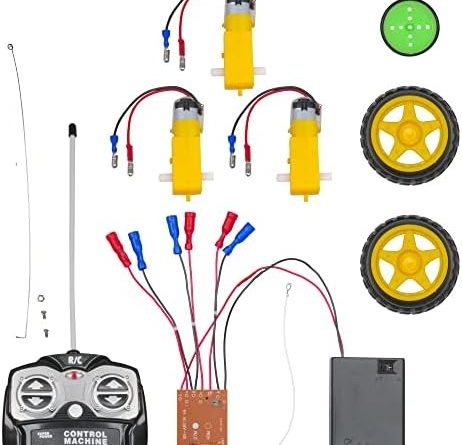


RC Car Paint: A Complete Guide to Choosing and Applying
When it comes to painting your RC car, choosing the right paint can be crucial. Not only does it contribute to the overall look and aesthetic of the car, but it can also impact its performance. A good paint job can improve the car’s aerodynamics, while a bad one can add unnecessary weight, affecting its speed and agility. In this article, we’ll guide you through everything you need to know about RC car paint, including how to choose the right paint, prepare your car for painting, and apply the paint.
Types of RC Car Paint
There are several Types of RC Car Paint to choose from, each with its own advantages and disadvantages. Here are the most common ones:
1. Polycarbonate Paint – This is the most popular type of paint for RC cars. It’s flexible, durable, and easy to apply. Polycarbonate paint dries quickly, leaving a smooth and glossy finish. It’s also resistant to chipping and scratching, making it perfect for off-road or racing RC cars.
2. Acrylic Paint – Acrylic paint is water-based and dries quickly. It’s also easy to clean up with water and soap. However, acrylic paint is not as durable as polycarbonate paint, and it can be prone to cracking or fading over time.
3. Enamel Paint – Enamel paint is oil-based and provides a tougher finish than acrylic. It’s also weather-resistant, making it a good choice for outdoor RC cars. However, enamel paint dries slowly and requires more time and effort to apply.
Preparation for Painting
Before painting your RC car, you need to prepare it properly. Here are the steps to follow:
1. Clean the Car – Remove any dirt or debris from the car using soap and water. Dry it thoroughly with a towel.
2. Sand the Body – Use sandpaper to scuff up the body of the car. This will help the paint adhere to the surface better. Wipe off any dust or debris with a tack cloth.
3. Masking – Use masking tape to cover any areas of the car you don’t want to paint, such as the windows or wheels.
Applying the Paint
Now that you’ve chosen the right paint and prepared your RC car, it’s time to start painting. Here are the steps to follow:
1. Shake the Paint – Before use, shake the paint bottle vigorously to mix the solvent and pigment.
2. Apply the Paint – Hold the spray can about 6 inches away from the car and spray the paint using even strokes. Apply a thin coat first, let it dry for 10-15 minutes, and then apply a second coat. Repeat until you have achieved the desired coverage.
3. Let the Paint Dry – After you’ve applied the final coat, let the paint dry for at least 24 hours before handling the car.
FAQs
1. How long does RC car paint last?
Answer: The longevity of the paint depends on the type of paint and the conditions in which the car is used. Polycarbonate paint can last for years without fading or chipping.
2. Can I paint my RC car with regular paint?
Answer: No, regular paint is not suitable for RC cars as it does not adhere to the surface and can crack or peel.
3. Do I need to sand my RC car before painting it?
Answer: Yes, sanding the car is necessary to scuff up the surface and provide a better grip for the paint.
4. Can I use acrylic paint on my RC car’s body?
Answer: Yes, you can use acrylic paint on your RC car’s body, but it may not be as durable as polycarbonate paint.
5. How many coats of paint do I need?
Answer: Two to three thin coats are generally enough to achieve the desired coverage.
In conclusion, choosing and applying the right paint to your RC car can be both rewarding and challenging. By following the steps outlined in this article, you can achieve a high-quality finish that will make your car stand out from the rest. Remember, preparation is key, and taking the time to properly clean and sand your car will pay off in the long run. So, put on some gloves, grab a can of paint, and let your creativity run wild!
Price: $8.75 - $7.00
(as of Apr 06, 2023 19:38:22 UTC – Details)







